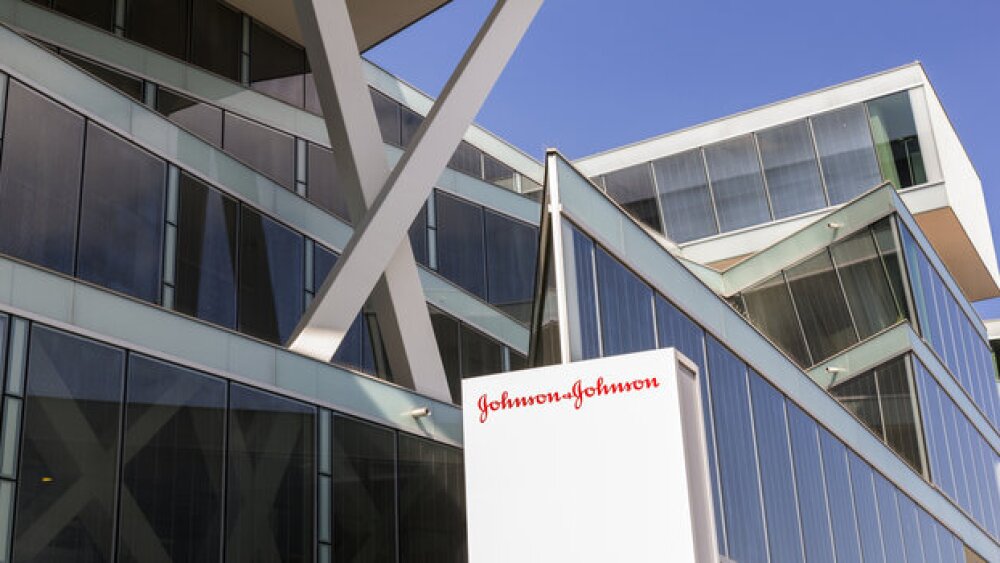In an effort to build its commercial capacity, Moderna on Thursday announced it is lowering research and development spending, while pushing back its target for breaking even by two years to 2028.
Ahead of its annual R&D event on Thursday, Moderna laid out financial and development plans as part of a strategic reprioritization, as the company seeks to navigate the post-pandemic business environment.
Moderna said it will adopt a “more selective and paced approach” to its development strategy, which includes a $1.1 billion reduction in its annual R&D expenses by 2027. The biotech is also abandoning five early-stage assets, including the respiratory syncytial virus vaccine (RSV) candidate mRNA-1345, which is being developed for infants younger than two years, and the KRAS antigen-specific cancer vaccine mRNA-5671 being evaluated for various solid tumors.
In addition to R&D adjustments, Moderna will increase focus on expanding its commercial portfolio in oncology, rare disease and first-in-class vaccines for non-respiratory conditions, working toward 10 product approvals in the next three years, according to the company.
Through 2026, Moderna is targeting five commercial vaccines for respiratory viruses with the greatest disease burden. The pipeline includes its next-generation COVID-19 vaccine, the combination shot for flu and COVID-19 and an RSV vaccine for high-risk younger adults, all of which are set for regulatory submissions within the year.
From 2026 to 2028, the pharma will aim to bolster its portfolio with first-in-class vaccines for cytomegalovirus, norovirus, propionic acidemia, methylmalonic acidemia and melanoma.
“The size of our late-stage pipeline combined with the challenge of launching products means we must now focus on delivering these 10 products to patients, slow down the pace of new R&D investment, and build our commercial business,” CEO Stéphane Bancel said in a statement.
Moderna also provided financial updates on Thursday, noting that it now expects to break even on an operational basis by 2028, with $6 billion in revenue. This forecast excludes stock-based compensations, depreciation and amortization expenses. Moderna previously expected to break even in 2026.
According to the company, it has enough money in the bank to support its plans until it breaks even on a cash cost basis.
However, Jefferies analyst Michael Yee said in a note to investors that this “will remain a significant debate” with investors “unlikely to believe” Moderna’s claim “until further credibility.”
Thursday’s strategic changes come as Moderna struggles to regain its footing in a post-pandemic market. Last year, the company lost $4.7 billion—driven by the steep decline in COVID-19 vaccine revenue—compared to net income of $8.4 billion in 2022.
Moderna in its second quarter earnings reported $241 million in revenue and, as a result of deferred contracts and even lower COVID-19 vaccine demand, was forced to slash its full-year 2024 guidance. The company now expects to make $3 billion to $3.5 billion this year, down from its prior estimate of $4 billion.
At the time, Jefferies analysts flagged the downward adjustment in Moderna’s full-year forecast, noting that it “heightens concerns” about the company’s ability to reach profitability.
Editor’s note (Sept. 13): This story has been updated to clarify that the $1.1 billion in R&D cuts is the reduction to the annual budget, not total budget through 2027.






